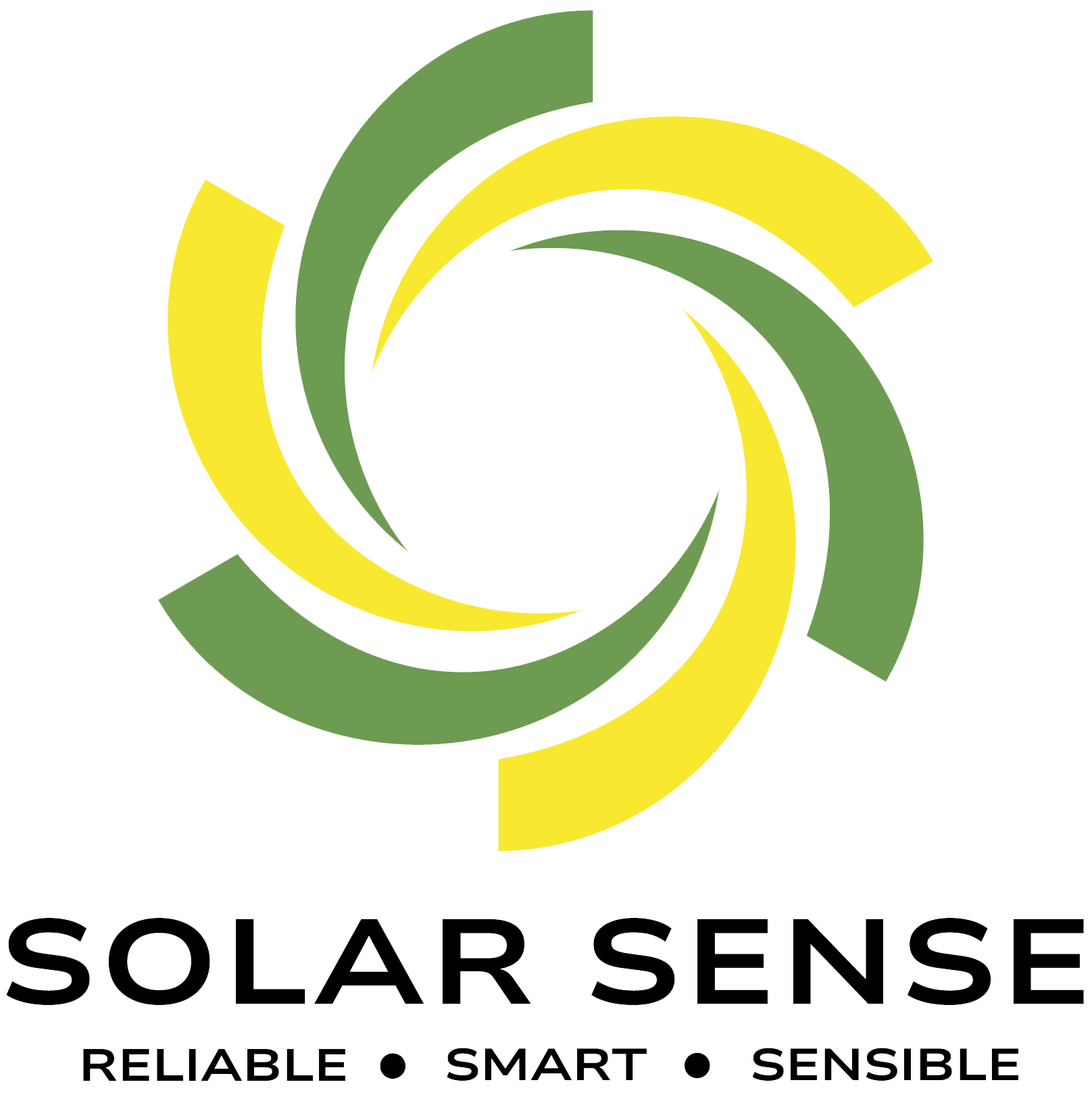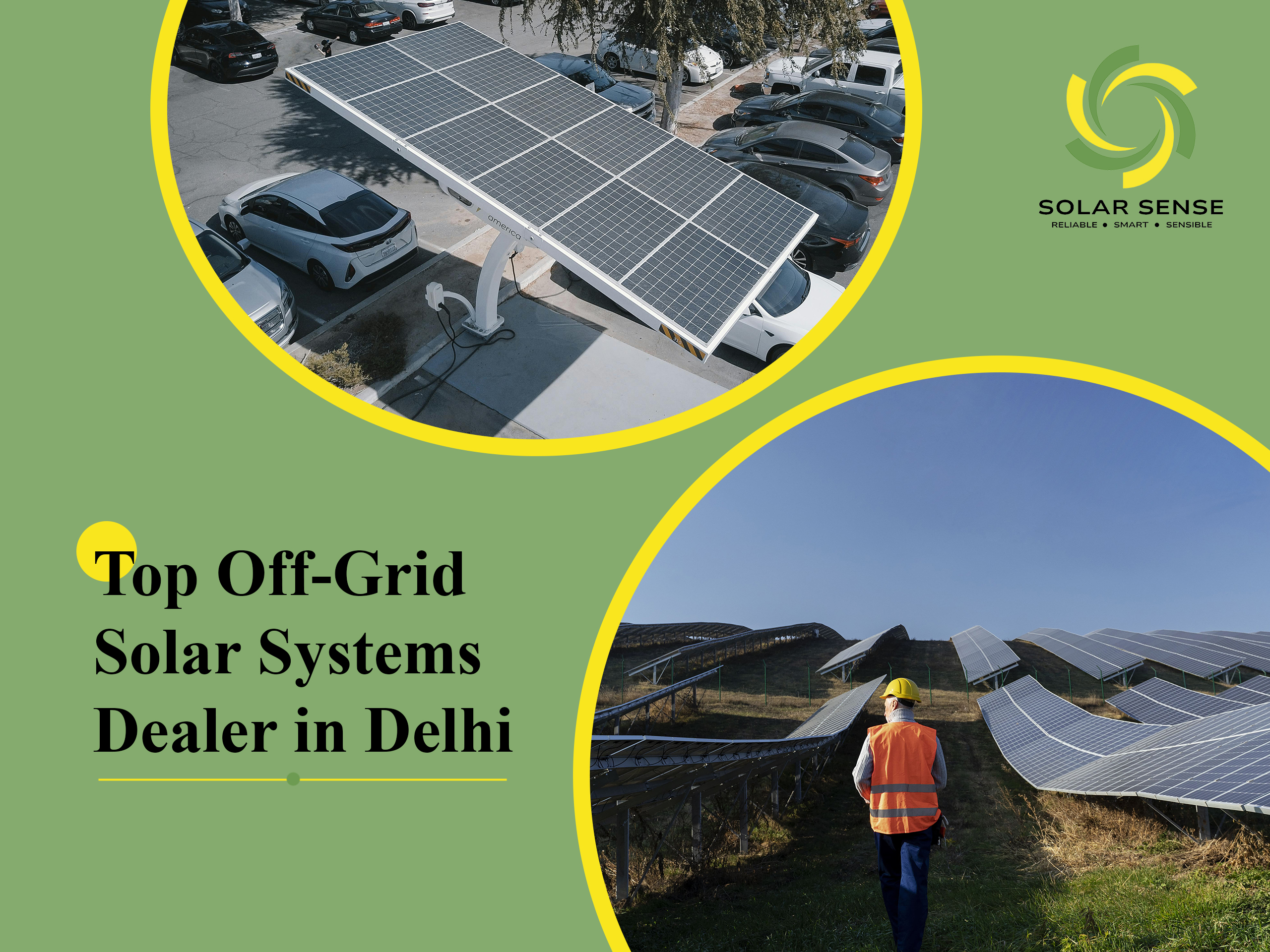Are you tired of relying on the grid for your electricity needs? Are you looking for a sustainable and cost-effective solution to power your home or business? Off-grid solar systems might be the perfect answer for you.
Delhi, with its ample sunlight, is an ideal location for adopting off-grid solar technology. By investing in an off-grid solar system, you can achieve energy independence, reduce your carbon footprint, and potentially save on electricity costs.
In this blog post, we’ll explore the benefits of off-grid solar systems, the key factors to consider when choosing a dealer in Delhi, and provide a list of reputable options to help you make an informed decision.
What are Off-grid Solar Panels?
An off-grid solar system is a self-contained energy solution that utilizes the power of the sun to generate electricity independently of the grid. It consists of solar panels, a charge controller, batteries, and an inverter. Solar panels convert sunlight into direct current (DC) electricity and store the resulting energy in batteries for later use. An inverter converts stored DC electricity to alternating current (AC) when needed, making it compatible with household appliances. Off-grid systems are ideal for areas with limited or no grid access, providing a sustainable and reliable source of power.
Elements of off-grid solar systems?
- Solar Panels: Convert sunlight into electricity.
- Charge Controller: Regulates the flow of electricity from the panels to the batteries.
- Batteries: Store the generated electricity.
- Inverter: Converts DC electricity to AC electricity.
- Wiring and Connections: Connect the components together.
- Mounting System: Secures the solar panels to the roof or ground.
- Installation and Maintenance: Extending the life of solar panels.

How Off-Grid Solar Systems Work?
Off-grid solar systems operate independently of the electrical grid, generating and storing their own power. Here’s a step-by-step breakdown of how they work:
- Sunlight Absorption: Solar panels capture sunlight and convert it into direct current (DC) electricity.
- Energy Storage: DC electricity is stored in batteries for use during nighttime or cloudy periods.
- Power Conversion: When needed, an inverter converts the stored DC electricity into alternating current (AC) electricity, which is compatible with most household appliances.
- Energy Distribution: AC electricity is then distributed throughout the system to power various appliances and devices.
Off-Grid Solar System Options: Finding the Right Fit
Usually there are few options available in the market which is mostly used in market for small electricity needs in comparison to organisation. Off-grid solar systems are available in various sizes to accommodate different energy needs. Here are some common options:
- 1 kW: Suitable for small homes or cabins with minimal energy consumption.
- 2 kW: Ideal for moderate-sized homes or businesses with moderate energy demands.
- 3 kW: Can power mid-sized homes and small businesses effectively.
- 5 kW: Well-suited for larger homes or businesses with significant energy requirements.
- 7.5 kW: Can handle the energy needs of large homes and commercial establishments.
- 10 kW: Suitable for very large homes or commercial facilities with high power consumption.
When choosing a system size, consider factors such as:
- Your daily energy consumption
- Number of appliances and devices
- Peak load
- Battery storage capacity
Difference between on grid and off grid solar system?
| Features | On-Grid Solar System | Off-Grid Solar System |
| Grid connection | Connected | Independent |
| Excess power | Sold back to the grid | Stored in batteries |
| Power backup | Relies on grid | Has built-in battery backup |
| Upfront costs | Lower | Higher |
Factors to Consider When Choosing a Dealer?
- Experience and Reputation: Look for a dealer with a proven track record in the solar industry, especially in off-grid systems. Check customer reviews and testimonials to gauge their reputation.
- Certifications and Licenses: Ensure the dealer is certified and licensed to install off-grid solar systems. This indicates their expertise and adherence to industry standards.
- Quality of Components: Inquire about the quality of the solar panels, inverters, and batteries they use. High-quality components are essential for a reliable and long-lasting system.
- After-Sales Service: Ask about their after-sales support, including maintenance, repairs, and warranties. A reputable dealer will provide comprehensive customer service.
- Financing Options: Explore the financing options they offer, such as loans or leasing arrangements.
- Local Knowledge: A dealer with local knowledge of Delhi’s regulations and incentives can provide valuable guidance.
Why is solarsense is best option for off-grid solar systems in Delhi?
When choosing Solarsense for an off-grid solar system, there are several reasons that set the company apart:
- Reputed Brands: Solarsense provides solar panels from top brands like Tata, Waree, Adani, and Havells, ensuring quality and long-lasting products that are trusted in the industry.
- Expertise in Solar Solutions: As a dealer with extensive knowledge in solar systems, Solarsense understands the unique requirements of off-grid systems and provides structuring solutions to meet individual needs.
- High-Quality Components: Solarsense uses high-quality components for all parts of the system, including batteries and inverters, to ensure efficiency and reliability even in remote locations.
- Professional Installation: An experienced team at Solarsense ensures the off-grid system’s correct and efficient installation, maximizing solar power output.
- Customer Support: Clients receive exceptional customer service from SolarSense, which covers system design and after-sales support.
Contact Us!
Are you also thinking to installing off-grid solar system on the rooftops of your schools, homes, hotels, or organization and wondering which system best suits you energy needs. Just give us a call and our experienced team will provide guidance for the best one according to your needs.
- Phone: +91-8130025257
- Email: info@solarsense.in
- Solar Sense
- 13 Main GT Road, Azadpur, Delhi-110033




